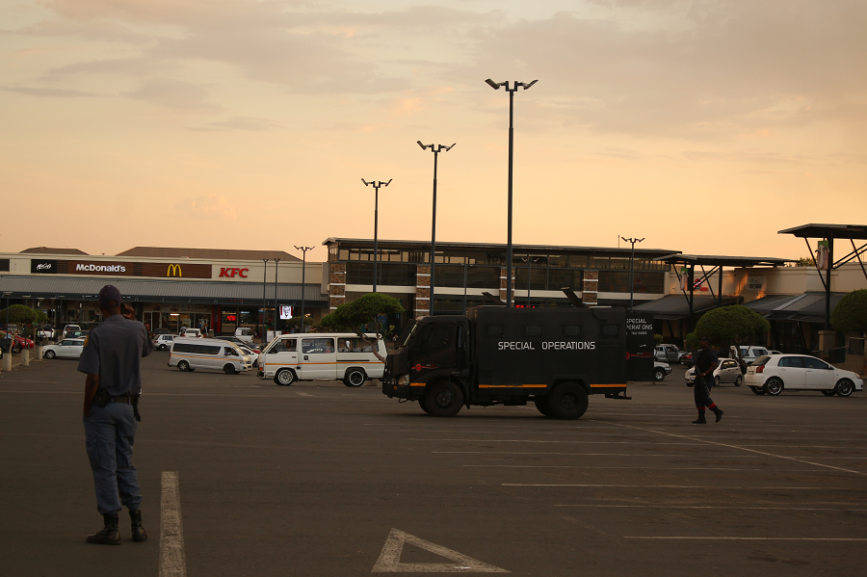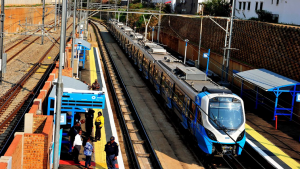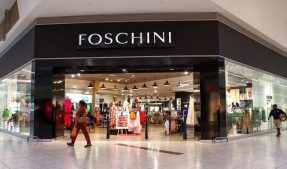Township and rural retail malls have shown strong resilience following the COVID-19 pandemic. This is the observation made by property experts who operate in these sectors.
There is also a feeling that there is scope for more growth for both township and rural retail centres. That is because consumers are increasingly preferring small, local convenience shopping.
McCormick Property Development, who’ve strictly developed retail outlets in the rural areas and subsequently into townships, say such developments make a significant impact.
“I love the rural area a lot more than the township because you move the needle for communities significantly when you’re developing retail in these rural areas, places where people previously had to spend R50/100 to get into urban centres, you really are fundamentally changing the lives of these communities by bringing services to them,” says Jason McCormick of McCormick Property Development
As with urban centres, rural and township malls were hit hard during the COVID lockdown but quickly sprung back into action soon after lockdown levels were relaxed.
It seems that this was a punctuating moment that saw major retailers redouble their efforts to get a slice of the township and rural pie, with the likes of Boxer, Shoprite and Mr Price increasing their presence in these malls. A big driver of demand has been social grants.
“So the fact that a lot of people in lower income communities are unemployed is not necessarily a problem because actually what it means is that they have steady and stable income from the grants that they get. And a lot of these shopping centres are also where people come and get their money and make their monthly purchases and do whatever they need to do,” explains Vuyiswa Ramokgopa the chair of National Property Practitioners Council.
Healthy trade levels
And by some accounts, it sounds like property developers and retailers are experiencing healthy trade levels in these retail areas.
JSE-listed Vukile Property Fund says 75% of its portfolio covers both the township and rural areas and notes bustling trade in recent months.
“When it comes to the performance of the rural and township space, particularly post-covid, we’ve seen a very strong rebound. In terms of our segments, over the past month we released our festive trading update, which effectively looks at our festive trade per segment compared to last year and our township portfolio grew by 13.2%, our rural portfolio grew by 7.2%. And the urban portfolio by 4.5%, so you can see across the segments there was growth, but the township and the rural portfolios were definitely leading,” says Itumeleng Mothibeli the MD of Southern Africa: Vukile Property Fund.
Not for faint hearted
But this operating space is not for the faint hearted. Property developers say the operating environment can be quite tough, with layered costs. And the electricity crisis has also been disruptive for property developers and retailers, with the need to invest in renewable energy and generators, for example.
McCormick says his company’s philosophy to partner with local people and local entrepreneurs has paid dividends not just for them as property developers, but the wider community too. Some argue that more work needs to be done to ensure greater inclusion for those operating in the informal economy to get exposure to more formal retail spaces.
The consensus among the property experts SABC News spoke to is that there remains scope for property development growth in these markets. However, building is costly and the current high inflation and interest rate environment may see potential investors shy away for now.
Another area of concern is that municipalities need to come to the party to ensure that the areas where retail outlets are located are provided with basic services, and that investors don’t need to dig into their own resources to provide that which should be under the purview of the local authority.
Township and rural retail malls thrive following the COVID-19 pandemic:






